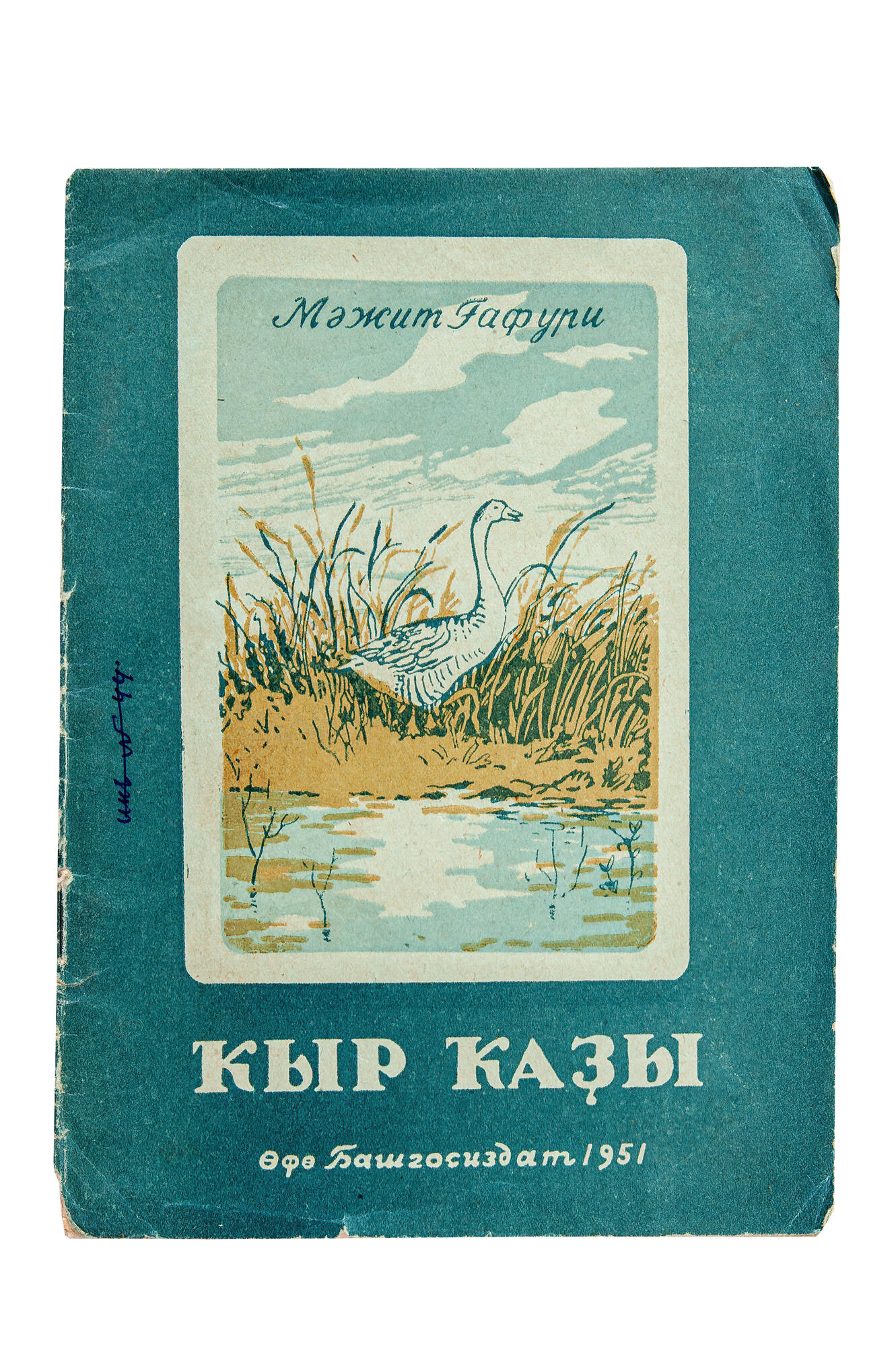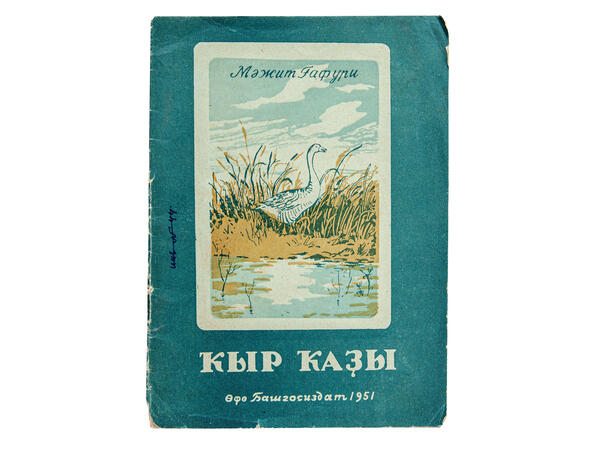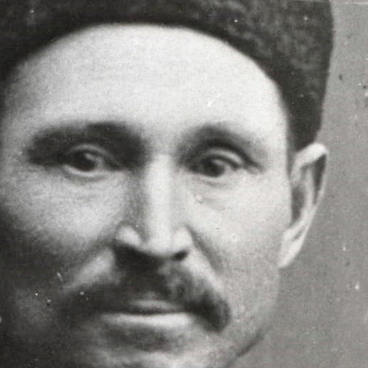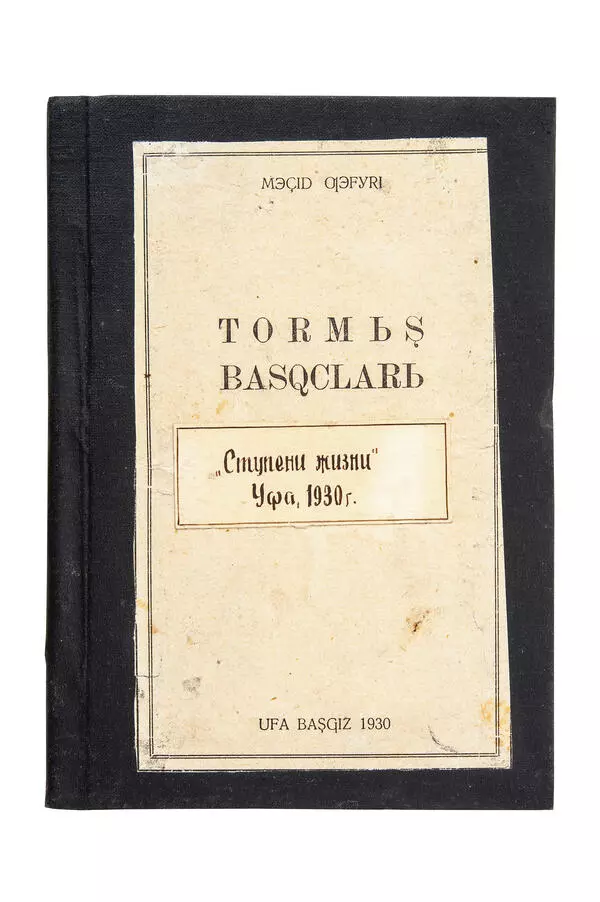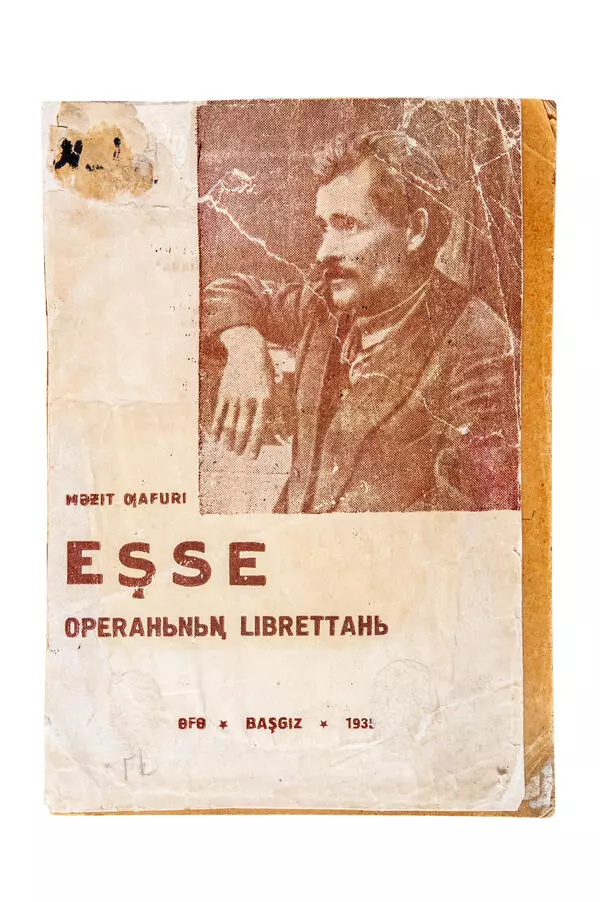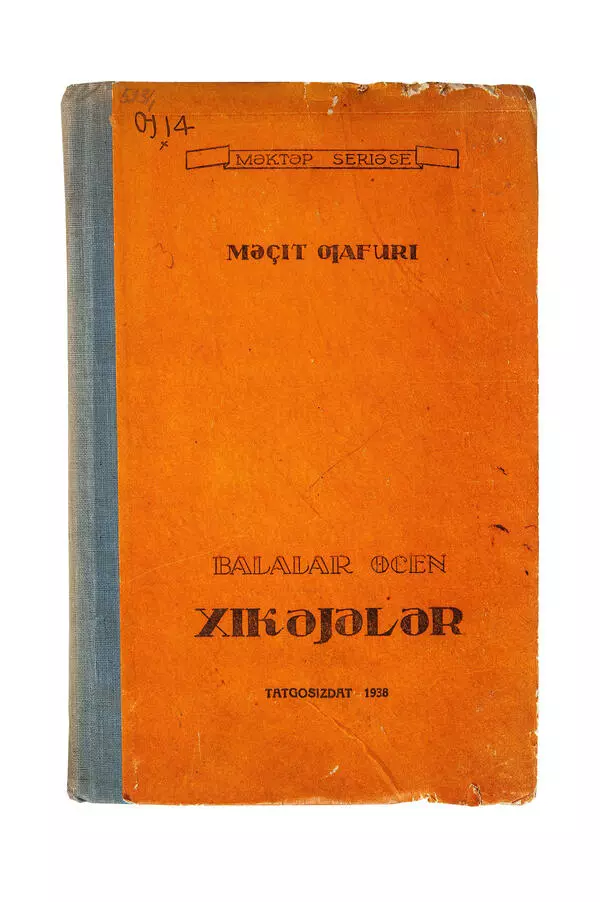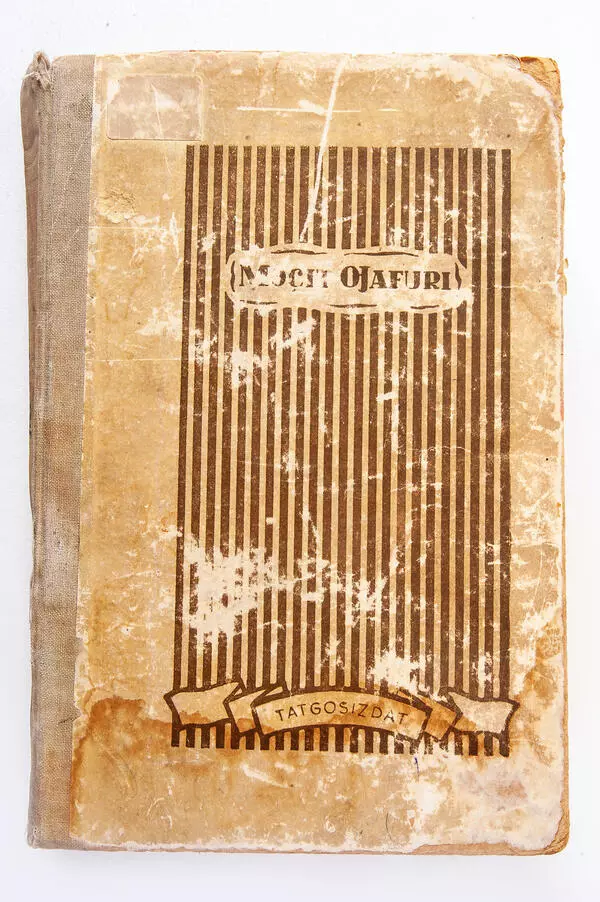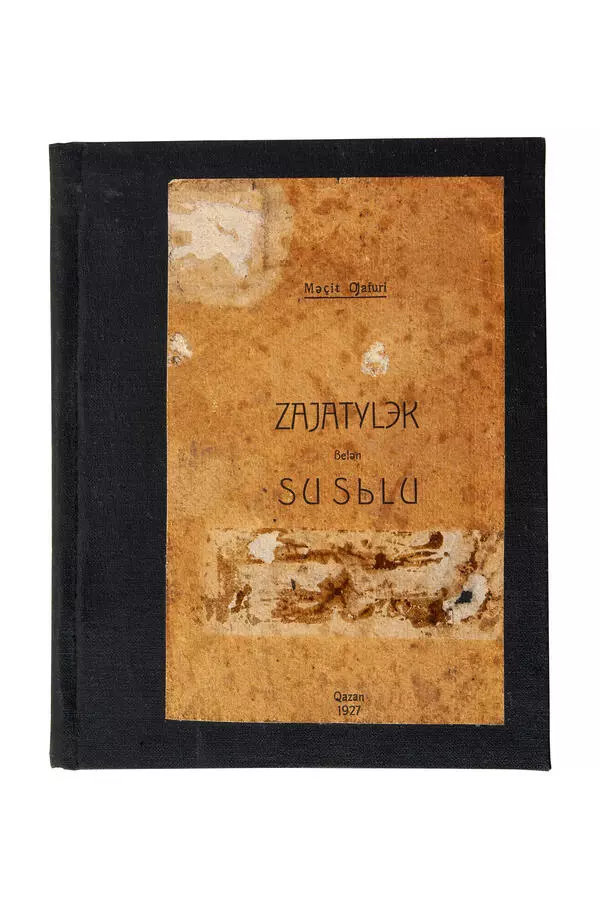Majit Gafuri is the founder of Bashkir and Tatar children’s literature. His stories for children, such as “Wild Goose”, “Lost Aktyrnak”, “On the Banks of the Belaya River”, formed several generations of readers. Most of his works are devoted to his native land that he had time to study thoroughly during the years of wandering and working in different spheres. Gafuri traveled around the Southern Ural on foot, in pre-revolutionary years he hid from persecutions in the Kazakh steppes. Left without parents at an early age, the poet managed to work as a factory worker, a teacher in a village madrasa — a Muslim school for young men, a gold prospector, and later — as a proofreader in a printing house.
The story “Wild Goose” is dedicated to nature. Gafuri sought to educate readers in a careful attitude to all living things. The narrative is told from the first person — on behalf of a schoolboy, helping a wounded wild goose, which “was caught by a hunter”s bullet”. The boy understands that because of this the bird was not able to migrate south for the winter and begins to care for it in order to let it go in the spring.
Literary scholars note in this work Gafuri’s ability to look at the world through the eyes of children. The writer managed to convey the peculiarities of children’s perception. He appreciates his character’s ability to do good without wishing for a reward. The hero of the story is a very naive, but kind boy, who cannot ignore a wounded bird. Through this image Gafuri was able to show how children, remaining helpless and dependent on adults in many ways, are more willing to help those around them.
Thanks to such works Gafuri became a truly national poet. Streets, parks, railway stations in Bashkortostan are named after him. A monument to the poet adorns one of the streets of Ufa, where the Majit Gafuri Memorial House-Museum is located. The poet formulated his life and creative credo in the following lines:
The story “Wild Goose” is dedicated to nature. Gafuri sought to educate readers in a careful attitude to all living things. The narrative is told from the first person — on behalf of a schoolboy, helping a wounded wild goose, which “was caught by a hunter”s bullet”. The boy understands that because of this the bird was not able to migrate south for the winter and begins to care for it in order to let it go in the spring.
Literary scholars note in this work Gafuri’s ability to look at the world through the eyes of children. The writer managed to convey the peculiarities of children’s perception. He appreciates his character’s ability to do good without wishing for a reward. The hero of the story is a very naive, but kind boy, who cannot ignore a wounded bird. Through this image Gafuri was able to show how children, remaining helpless and dependent on adults in many ways, are more willing to help those around them.
Thanks to such works Gafuri became a truly national poet. Streets, parks, railway stations in Bashkortostan are named after him. A monument to the poet adorns one of the streets of Ufa, where the Majit Gafuri Memorial House-Museum is located. The poet formulated his life and creative credo in the following lines:
